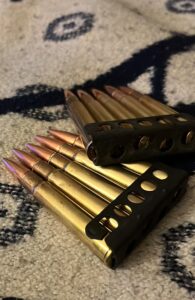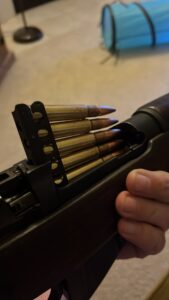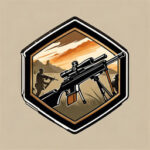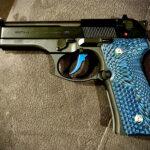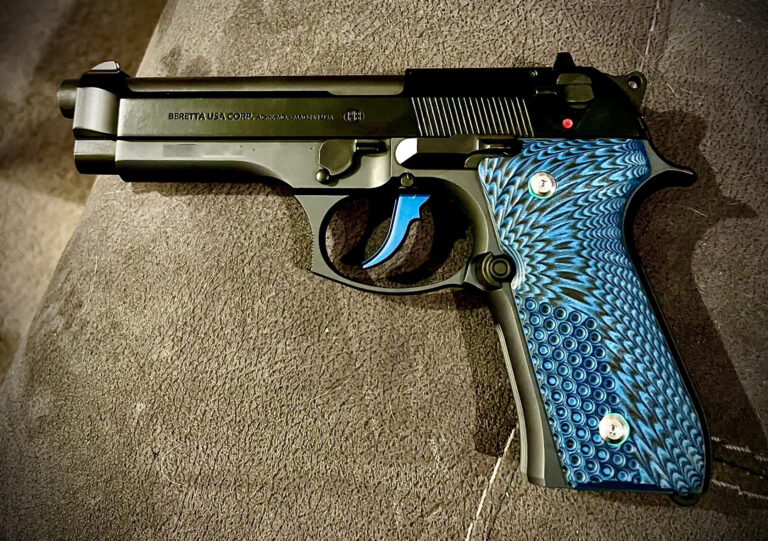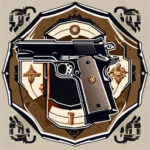When choosing between mils (milliradians) or MOA (minutes of angle) scopes for target shooting, several factors come into play. Both mil and MOA are angular measurements used to adjust the point of impact on a target. Each system has its advantages and considerations, depending on the shooter’s preferences and shooting style.
Mils are a metric angular measurement system commonly used by military and tactical shooters. One mil is equal to 1/1000th of the distance to the target. Mils offer a straightforward and intuitive method for estimating range and making adjustments on the fly. They are often preferred for long-range shooting and tactical applications due to their compatibility with spotting scopes, reticle designs, and mathematical calculations. The mil system also aligns well with metric measurements, which can simplify range estimation and adjustment calculations for international shooters.
On the other hand, MOA is an imperial angular measurement system widely used in the United States and popular among precision shooters and hunters. One MOA is approximately 1.047 inches at 100 yards, making it easier for shooters to make precise adjustments based on the standard measurement of inches. MOA scopes are known for their fine adjustments, particularly for small targets or when shooting at longer distances. Additionally, some shooters find MOA scopes more intuitive, especially those accustomed to imperial measurements.
The choice between mils and MOA scopes often comes down to personal preference, shooting discipline, and familiarity with the measurement system. Some shooters may prefer the simplicity and compatibility of mils for tactical shooting or competition, while others may find the precise adjustments and familiarity of MOA scopes better suited to their shooting style. Ultimately, both systems are capable of achieving accurate results in the hands of a skilled shooter.
It’s essential for shooters to consider factors such as reticle design, adjustment increments, and ease of use when selecting a mil or MOA scope for target shooting. Additionally, shooters should invest time in learning the subtleties of their chosen system and practice using it effectively in various shooting scenarios. By understanding the advantages and considerations of both mils and MOA scopes, shooters can make informed decisions based on their individual preferences and shooting requirements.
– English Bob

